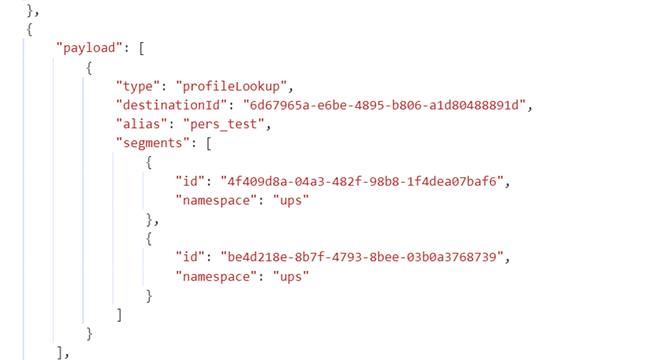Latest Articles
Adobe Audience Agent is now available in Adobe Real-Time CDP and Adobe Journey Optimizer solutions
149
2
1
Views
Likes
Replies
Wrong Person, Right Device: Solve Shared Device Profile Mix-Ups with Launch
308
2
1
Views
Likes
Replies
AEP Identity: Why Casing Matters
614
5
0
Views
Likes
Replies
Adobe Real-Time CDP: Where Collaboration Meets Value Acceleration - Fuel your strategy with Real-Time CDP Collaboration
220
2
0
Views
Likes
Replies
What’s new with Adobe Real-Time CDP Collaboration: Acquire new customers and personalize experiences with new data partnership capabilities in Adobe Real-Time CDP
3.1K
1
0
Views
Like
Replies
Federated Audience Composition (FAC): Choosing the Right Audiences for Federation, A Practical Guide
3.2K
4
4
Views
Likes
Replies
Understanding Email Hashing Options in Adobe Experience Platform
2.5K
13
5
Views
Likes
Replies
Unlocking the Power of Adobe Real-time CDP Customer AI - Part 3: Understanding Adobe Real-time CDP Customer AI Predictions
877
4
1
Views
Likes
Replies












You must be a registered user to add a comment. If you've already registered, sign in. Otherwise, register and sign in.